There are thousands of moth species in the northeast of North America, and while it might seem that they are all drab grays and browns, there is actually a startling variety. They come in a rainbow of colors, from brilliant oranges and pinks to soft greens and violets. There are moths with colorful leopard-like spots, and ones that look more like B-movie aliens; some that are as large as your hand, and others the size of a grain of rice. With helpful tips on how to attract and identify moths, range maps and season graphs showing when and where to find each species, and clear photographs that use the unique Peterson arrow system for easy identification, this guide provides everything an amateur or experienced moth-watcher needs. Sponsored by the National Wildlife Federation and the Roger Tory Peterson Institute.
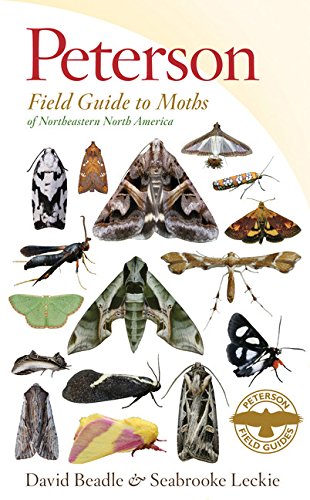
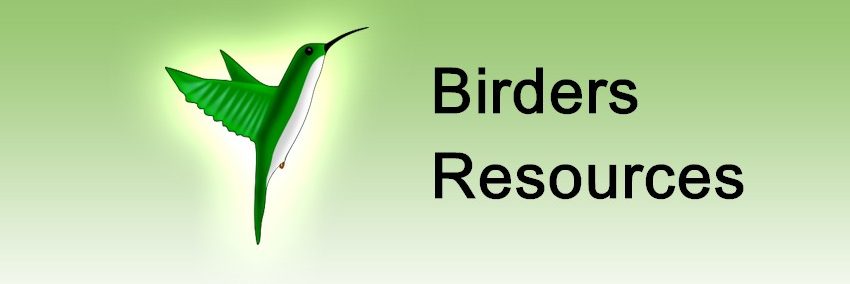
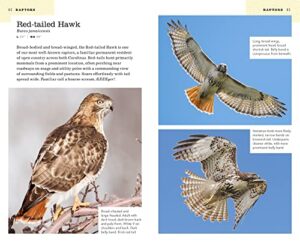
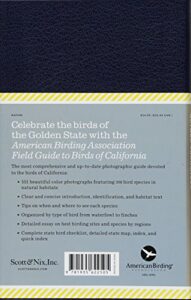
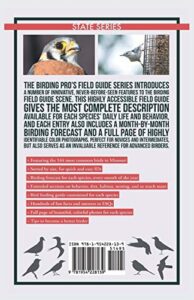
Outstanding! At last — a comprehensive moth guide that shows all the covered species in color and in their natural resting positions! If you’ve ever struggled to identify a lovely moth on the window screen using black and white photos of pinned specimens with wings outstretched, you’ll appreciate that this book fills a long-standing need. The range maps and the placement of information on the same page-spread as the moth’s image also make this guide user-friendly, and while it won’t take the place of…
Good guide for identifying moths It’s hard to beat a Peterson’s guide. I particularly appreciate this one because there are not a lot of publications about moths out there. This one comes complete with wonderful photographs, and all the information you need to identify moths. It’s confusing at times, because so many moths look alike, but with this guide, I was able to sort out several species I was unable to without it. Like the bird books, this guide has information about range, but also includes information about host…
I haven’t had this long, but it has already earned its keep. 🙂 This exceeded my expectations. I like using BugGuide for my ID most of the time, but this is much less overwhelming when you’re not sure where to start. Even if the exact species is not in here, it will show you what family your moth is most likely in, thus narrowing your search considerably.